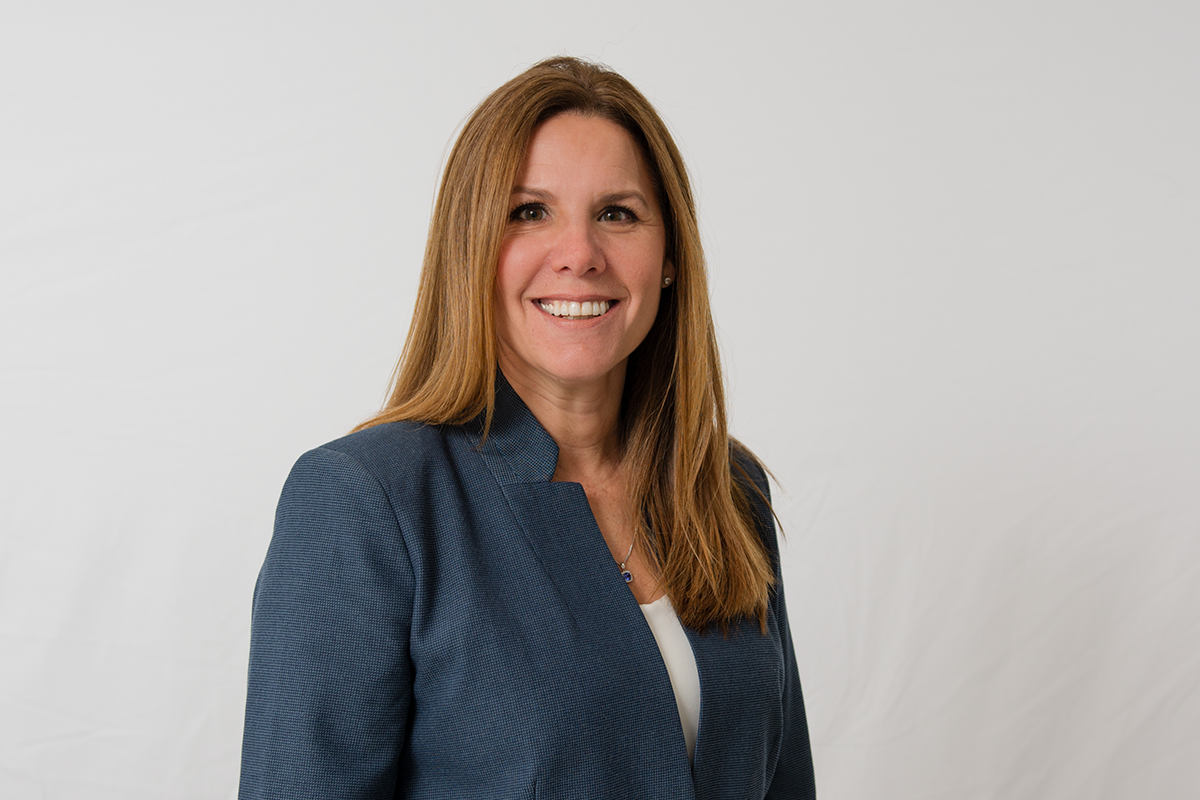UConn Health now has an Office of Patient Experience.
Led by Cindy Molin, vice president of patient experience, this new group’s charge is to listen to the voice of patients and their families, raise awareness of their needs and preferences, and engage the UConn Health community in improving their experiences at every interaction.
“Making a difference in the lives of our patients is, to us, what we are here to do,” Molin says. “We want our patients to have safe, high-quality care and service, and we want their experiences to be meaningful, seamless and patient-centered every time they are in our care. We are working hard to make these aspirations a reality.”
Objectives include:
- Serving as an advisory resource, providing expertise for critical initiatives across the health system.
- Fostering partnerships with a wide range of clinical and nonclinical teams to develop and implement best practices that enable everyone to provide the best possible experience.
- Providing resources and training to create awareness and align safety, quality, patient experience and workforce engagement efforts.
“We know that we have outstanding people working here at UConn Health, and our patients tell us how much they appreciate their providers and caregivers,” Molin says. “We also know that health care can be complicated and it isn’t always easy for patients to access and navigate our system. And sometimes there are kinks in the process that make their experience less than streamlined.”
The Office of Patient Experience staff takes a first-hand look at what it’s like to be a patient at UConn Health, collecting information through channels such as patient surveys, letters, advisory councils and personal conversations. This yields data to identify, support and advance the overall patient experience.
“Putting our patients first means safe and connected care delivered with courtesy and respect, consistently, at countless moments of truth,” Molin says. “From appointment scheduling through billing, every interaction adds up to the big quality picture for our patients.”
The office team, which has been coming together over the last several months, also supports regulatory compliance through a centralized complaint and grievance process.
“To most patients, the quality of their experience isn’t about amenities, it’s about how safe, efficient and effective their care is, how we work together as a team, and how we partner with them and their families to meet their needs,” Molin says. “Designing a system around our patients and families depends almost entirely on the quality of the relationships we form. In many cases, we may be doing the right things from a transactional perspective, but not consistently making a human connection.”
Also part of the approach to these objectives is a focus on workplace culture, Molin says.
“That means paying close attention to the way we interact with our patients, their families and with each other. The feeling of connection among members of a team extends outward to our patients and families.”



